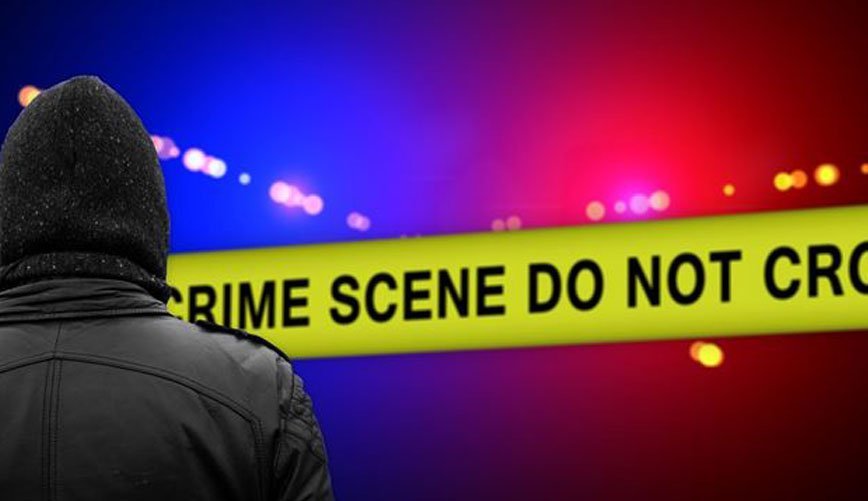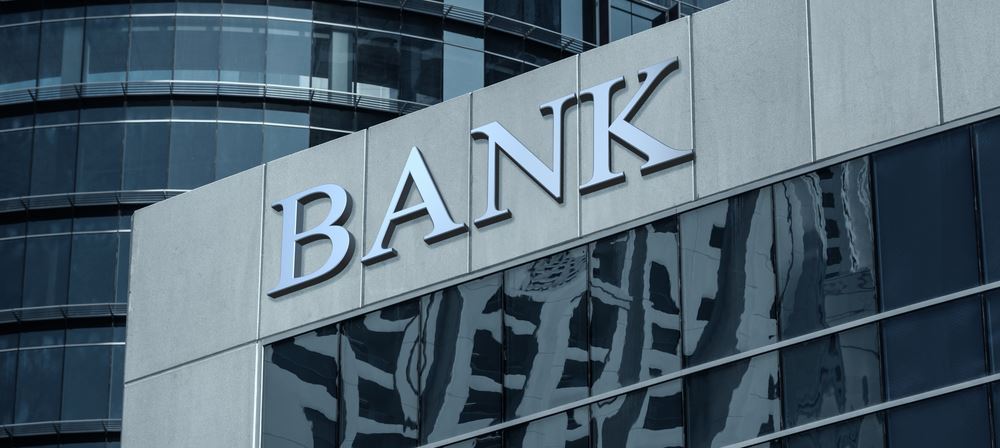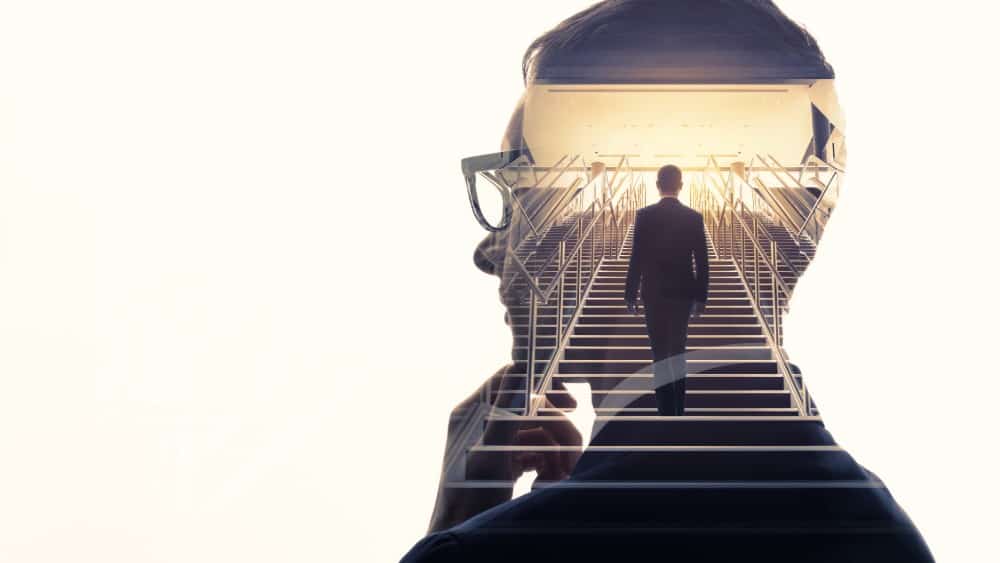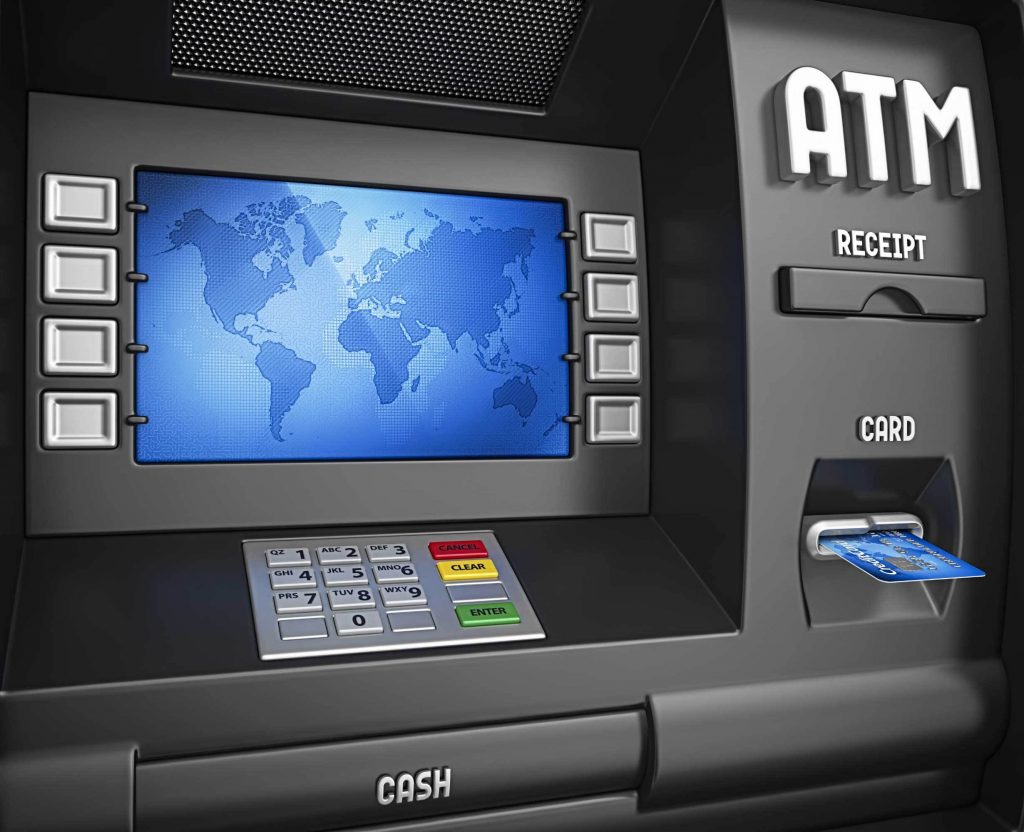Crime Scene Investigations

A crime scene is really an accumulation of things that is, when taken together and analyzed, tell the story of the crime. But in order to understand that story, you need to first find and collect all of the evidence. Here’s where careful observation comes in. Everyone’s first instinct is to ignore the big picture and head directly to the body or the central area where the crime occurred. But that kind of tunnel vision can lead you to misread the case. And if you just rush in, you risk contaminating or destroying crucial evidence. After all, the suspect had to get in and out of the scene somehow. Chances are that he or she left some evidence behind. If you pay enough attention, you can find that evidence.
Therefore, when you first arrive at a crime scene, you should always stop and carefully observe the entire scene before you do anything else. Once you’ve made your observations, then you can begin processing the scene. Of course, before you enter the scene, make sure you put on boots and gloves, and remember to change them when necessary. These are key steps both for protecting evidence that belongs to the scene and for preventing improper evidence from being added to the scene.
In some cases, the evidence will be right out in the open. You might see a lot of blood, overturned furniture, a weapon, etc. near the victim or in the central area of the crime. But you still have to make sure that your search is thorough; otherwise, you might miss something important. For example, if someone was killed with a knife. You may collect various blood samples. Out of all of those samples, some might not match the victim. That will imply that the victim also cut the suspect during the struggle hence the suspect must be receiving first aid or treatment from a nearby hospital. The next step would then be matching the blood samples with the patients in the hospital.
Unfortunately, not all evidence will be easy to find. Fibers, hairs, dust footprints, fingerprints, etc., may be very difficult to locate. Searching for this evidence is well worth the effort, though, because it can be essential to making your case. One way to find this evidence is by looking for items that may have been touched or moved. Even if everything at the scene appears undisturbed, ask the victim or family members to check. They may notice something that is out of place. In some cases, they may even have been responsible for “straightening up” before you arrived. After all, it’s human nature to want to clean up a messy room. By asking for their help, you may find some crucial evidence. In addition, always check entrance-ways for dust footprints and door-frames for fingerprints. The orientation of the prints can tell you if the suspect was entering or exiting, which can be important information for your case.
Gathering the evidence from the scene is not enough. The next step is to evaluate this evidence which could be trickier than it seems. First of all, the case begins when you receive a call that a murder or a burglary or some other kind of crime has occurred. But when you get to the scene, you have to keep an open mind to other possibilities. You can’t just rush in with a preconceived idea or you’ll only find what you expect to find. Sometimes problems occur because the scene has been altered. The scene may appear “normal” or appropriate for the crime that was supposed to have occurred, but the scene has actually been orchestrated to look that way to hide a different crime.






Responses